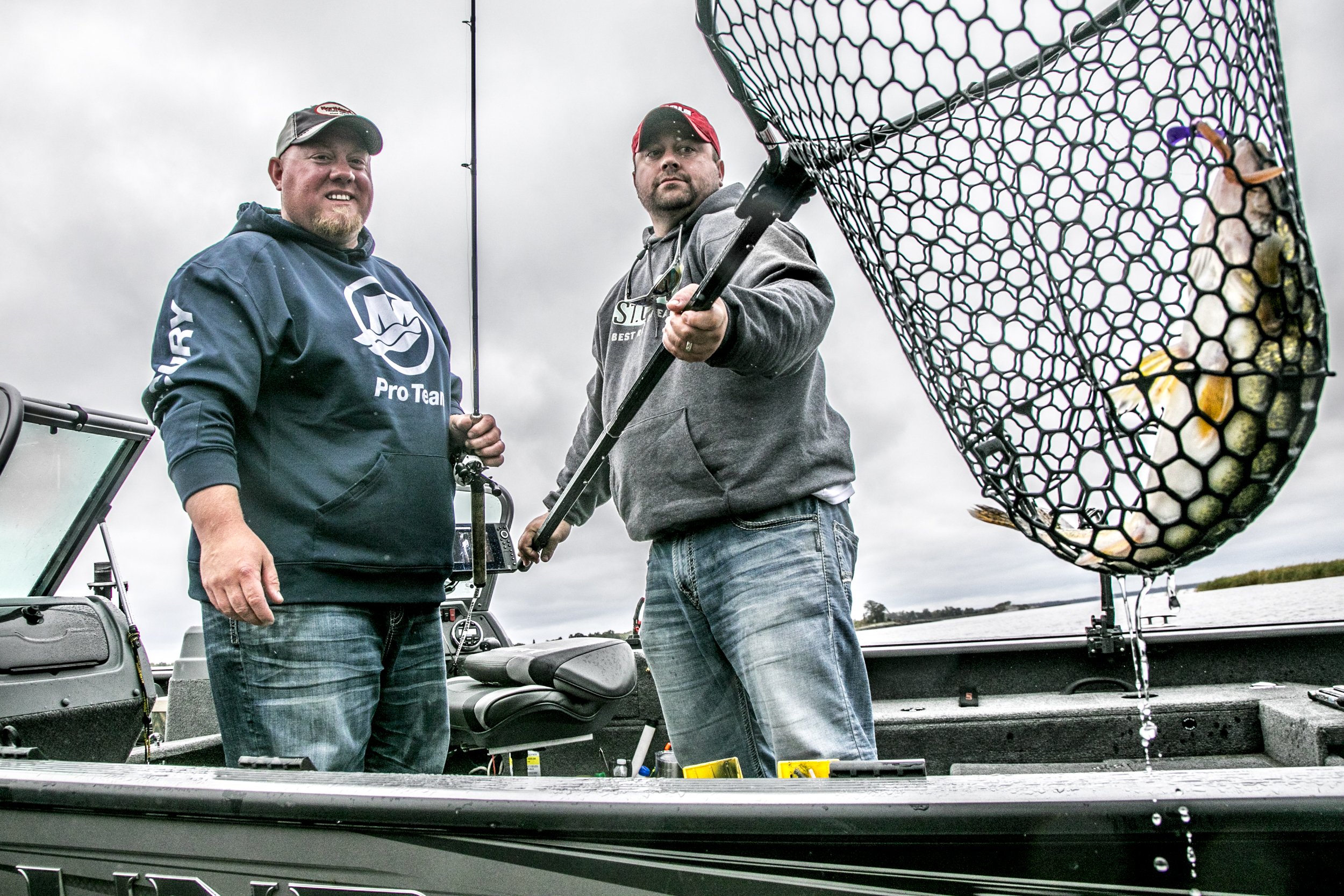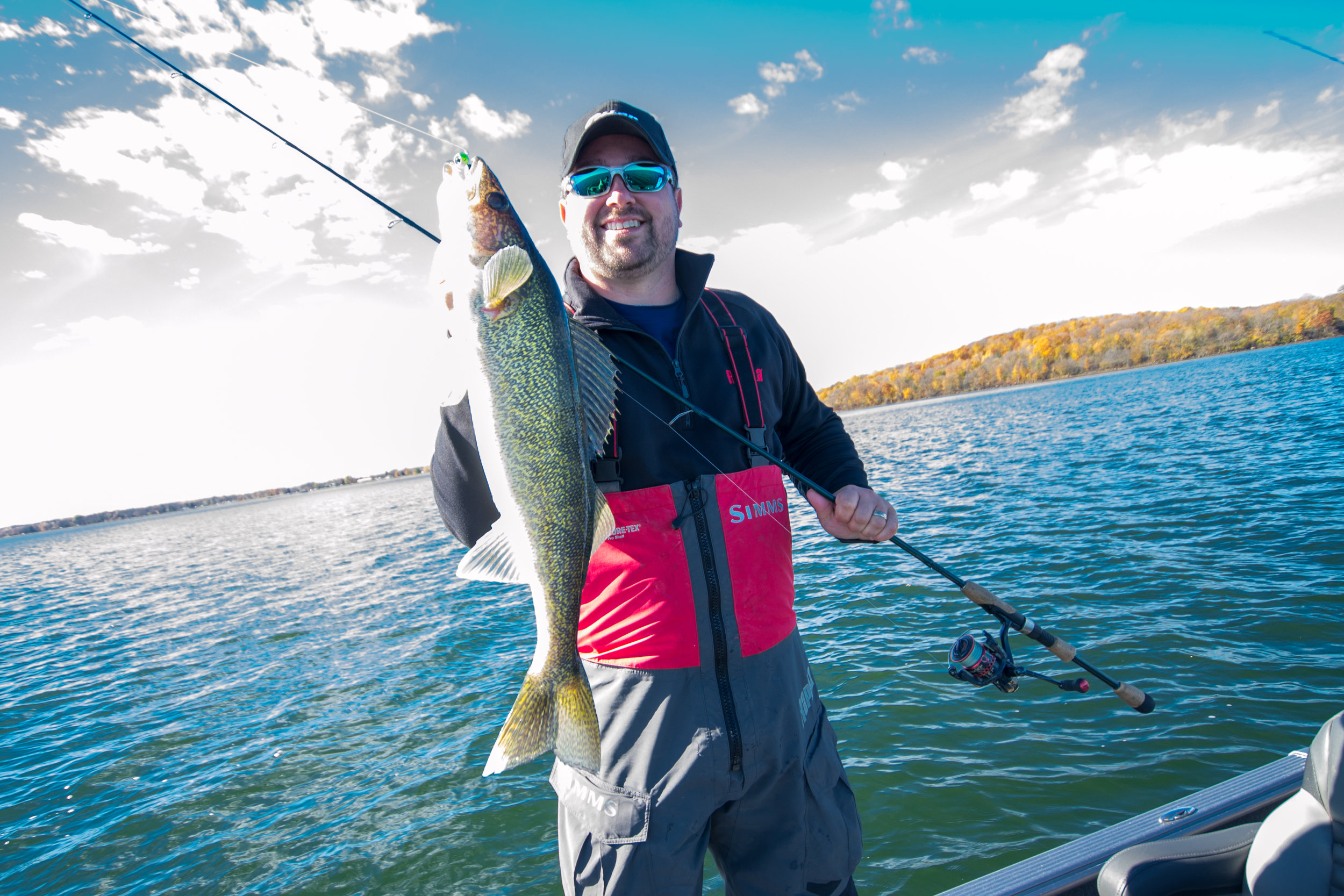I’ve been trying to figure out the best way to write about a recent trip I had to Northern Wisconsin, where I caught zero fish, and had an absolute blast doing it. I know, it sounds odd stated like that. Sunset and scenery pics must mean the fishing was poor right? Amidst the pressure of always trying to stay on top of the bite, I’ll be the first to admit that fishing can be tough no matter who you are, or how much experience you have.
But this bite, wasn’t really even a bite, and I wouldn’t describe anything I did that day as “tough.” It was my birthday, and though I’ve been making it a practice of always wetting a line each year on that day, work took me to Hayward, WI for a meeting. That was fine by me, as the drive was beautiful, and it gave me a chance to scout a few spots for the return trip. Where I would fish, for how long, or where I’d end up was anyone’s guess, and I was satisfied to let the day take me wherever it led. That alone is refreshing in today’s day and age of chock-full online calendars and commitments.
I didn’t have a boat hooked on back, no fancy electronics, scores of rods, or hundreds of pounds of tackle. I had a small travel rod and a single river box I’d put together. Staples from jigs and plastics to #5 Shad Raps, and a few terminal tackle pieces. It would likely be tough to find fish, trying places I’d never been before along the Namekagon, and small lakes I’d seen dotted along my route. Heck, I wasn’t even targeting a specific species, I was just casting to cast half the time. Explorer fishing, without a plan or purpose, really suited me that day.
I started along a river, watching canoers plunge through some rapids as I fished back-eddies and current seams from my shoreline perch. Poor planning and overall ambivalence to the days fishing plans left me without proper footwear or clothing to even get in and wade, so I was fine with creeping down back-trails and sneaking wherever was dry. As the well-worn lanes narrowed to paths, and eventually just game trails, I was lured further by the thought that maybe, just maybe, no one has ventured this far in years, and I’d come to a miraculous pool of unfettered smallmouth just around the next bend. No such pool was around the corner, but I did see a number of smallies blowing up on dragon-flies. They didn’t like what few topwater options I had in my river-box, but it sure was fun to try.
Next stop was a river bridge with too much current, and the one after revealed too much shallow water for my liking. I was looking for something in between, but fishing new places always involves some strikeouts. Like the next two spots, which were just boat landings that had some small gills and crappies visible from the dock, but nothing going elsewhere.
This kind of fishing is about checking on new leads too, so I headed north and off my route home to a lake rumored to have some gargantuan gills from this past winter. I found the lake, and even fished it from shore a bit, looking for any sign that might confirm or deny their presence. Another miss, and time for a break, so I stopped at a small corner bar near the lake to see if I could chat up any locals. Aside from the bartender who’d heard that “there’s fish in there” but had no idea as to the size or speciation, there was only an old man sitting at a picnic table.
He offered only vast generalities, and a bit of red-herring to throw any self-respecting angler like myself off the trail. That said, he did lament the fact that the lake at one-time had a fishable walleye population, at least until “somebody probably caught two of them and called everyone they knew.” I suspect he was talking about the bluegill bite in code, but it was fun sharing a birthday beer with him somewhere in the middle of Wisconsin nonetheless.
I pointed the car towards home, tempted to think poorly of the overall fish-count from the day, and disappointed at first that I hadn’t brought the boat, made a call to some friends in WI, or otherwise just prepared better for my excursion. But I had a great day, and really enjoyed the break from constantly being “on-point.” I fished casually, enjoying the pursuit without letting it dominate the day. I didn’t cast gruelingly till last-light as mosquitos feasted on my blood-smeared face, grimacing in focus for the next heroic fish-hoisting moment. I flicked a few ticks off me and just fished, then drove home. Anti-climactic, perhaps, but it’s been the best fishing trip I’ve had this year.





